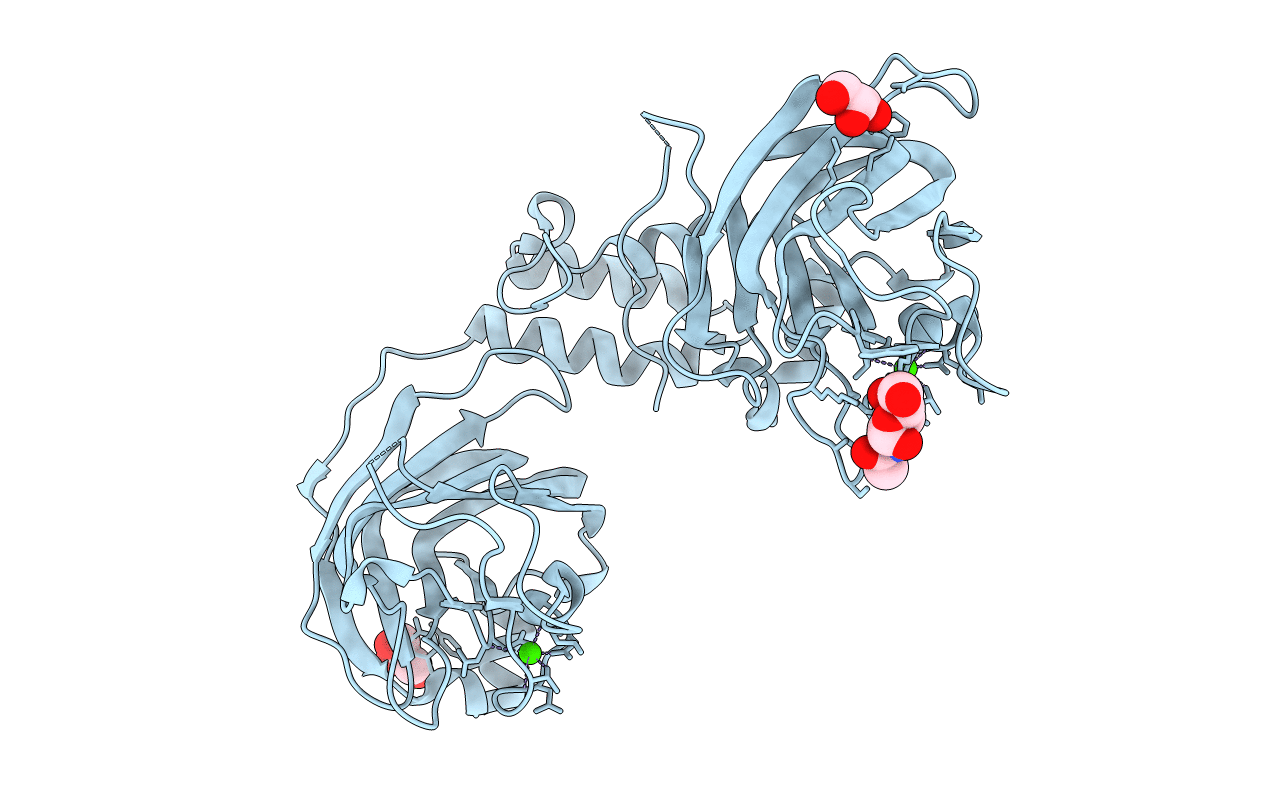
Deposition Date
2020-08-04
Release Date
2021-02-03
Last Version Date
2024-10-30
Entry Detail
PDB ID:
7JNB
Keywords:
Title:
The structure of CBM32-1 and CBM32-2 domains from Clostridium perfringens ZmpB in complex with GalNAc
Biological Source:
Source Organism:
Host Organism:
Method Details:
Experimental Method:
Resolution:
2.00 Å
R-Value Free:
0.23
R-Value Work:
0.20
R-Value Observed:
0.21
Space Group:
P 43 21 2


